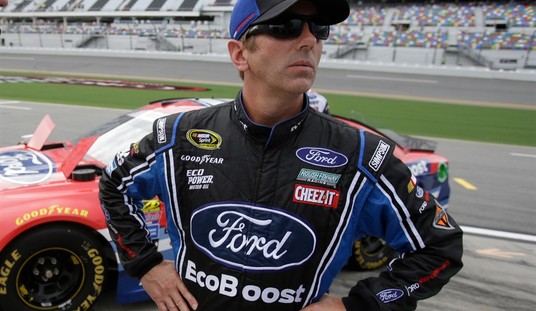Most of us as children had objects from which we derived great comfort in childhood’s scarier moments, a trait embodied in the Peanuts character, Linus, who is seldom seen without his security blanket. Of course, few of us still carry — or admit to carrying — such comfort objects into our adulthood, but that does not stop us from turning to childhood mementos in uncertain times. Consider, for instance, how the decline of our economy has precipitated a resurgence in nostalgia.
Originally coined in the mid-17th century, nostalgia referred to a medical condition accompanied by tears and physical wasting. Literally it means the pain of longing to return home, and by the 20th century it was considered a psychological condition reflecting a preference for objects and experiences from one’s youth. But nostalgia is not limited simply to our own individual past; it can also mean a longing for what we believe were happier times that preceded us.
These days, nostalgia also means big business now that corporate America has begun to realize that everything old is new again. What we watch, what we eat, what we’re wearing, how we spend our free time, and where we’re doing it — our lives today don’t resemble the high-speed techno-dream once predicted by James Berry (no relation) so much as they resemble, well, our childhoods.
On the silver screen, over half of 2008’s top 10 grossing movies had roots in the very entertainment that kept us riveted as kids: Batman’s Dark Knight, the latest Indiana Jones flick, a new Bond film. The movie Iron Man resurrected a comic book character who’d made his first appearance in 1966. A beloved Dr. Seuss book took life on screen in Horton Hears a Hoo. Now in the works? No less than 55 movie remakes ranging from Romancing the Stone to The Karate Kid.
On the small screen, an entire cable channel — Boomerang — is dedicated to broadcasting the very cartoons we grew up with: Tom and Jerry, Popeye, even The Smurfs. Among the 20 most viewed cable channels: “Nick at Night” (#3) and “TV Land” (#18) — both heavily geared toward rebroadcasting sitcoms from the 70s, 80s, and early 90s.
Kitchens throughout America are serving up Spam, that gelatinous pink pre-cooked meat product that has been a symbol of economic hard times since it first hit store shelves during the Great Depression. Likewise, the one-dish wonder known as the casserole — also a staple since the Depression — is back in the culinary spotlight. Heck, even Schlitz beer is making a comeback.
On fashion runways, models sport jumpsuits straight out of the 70s, while fashionistas are reluctantly acknowledging that acid-washed jeans are back in style. So is big hair, but thankfully there’s no sign that massive shoulder pads are poised for a comeback.
Cocooning, the phrase created by Faith Popcorn in the 90s to describe the trend of socializing less in favor of becoming more home-bodied, is back stronger than ever. “Uber-cocooning” is what the company now calls the increasing popularity of spending our leisure hours at home. We’re buying board games and having family game night. We’re spending our evenings doing crafts. We’re even reading more, and that’s always a good thing. If it weren’t for how many of are also playing Rock Band or games on the Wii with our kids it would be hard to tell the difference between how we spend our evenings now, and how we spent them when we were young.
Given the economic doom and gloom we’re constantly bombarded with whenever we do turn on the television, perhaps this nostalgia is actually a good thing. Studies certainly suggest that occasionally recalling the “good old days” can counteract depression and provide a sense of stability in the middle of troubling times. When experienced as part of a group, as we’re certainly doing when we flock to the movies, fashions, and foods of our youth, nostalgia combats loneliness and isolation by creating the perception of social support.
Of course, there are pitfalls to nostalgia, too. By viewing our past through rose-colored glasses, we ignore the very flaws which propelled us beyond those times to new discoveries, explorations, and ideas. Those televisions we huddled around to watch ALF and Cheers in prime time also brought us the horrific vision of Space Shuttle Challenger exploding. The years during which gave birth to cable and MTV (back when the M stood for music) also brought us AIDS and Milli Vanilli.
But as George Santayana said (in a phrase that is too often misquoted): “Those who cannot remember the past are doomed to repeat it.” This nostalgia in which our collective national consciousness is currently indulging proves that we have not forgotten. Rather, as we find ourselves made fearful and weary by the dire economic news, we are together instinctively reaching for those more tender times, days in which our lives were unencumbered by mortgages and the need to plan for (much less acknowledge) our impending old age.
Perhaps in doing so we are acknowledging our own resiliency, our own survival through previously desperate times from which we emerged still capable of cherishing certain bright memories, certain sweet things. Perhaps our nostalgia, in its many variations, is a reminder that this, too, shall pass.
If so, then let us revel in it, for within that nostalgia lies the bright spark of tomorrow that will light our way out of these difficult times.









Join the conversation as a VIP Member